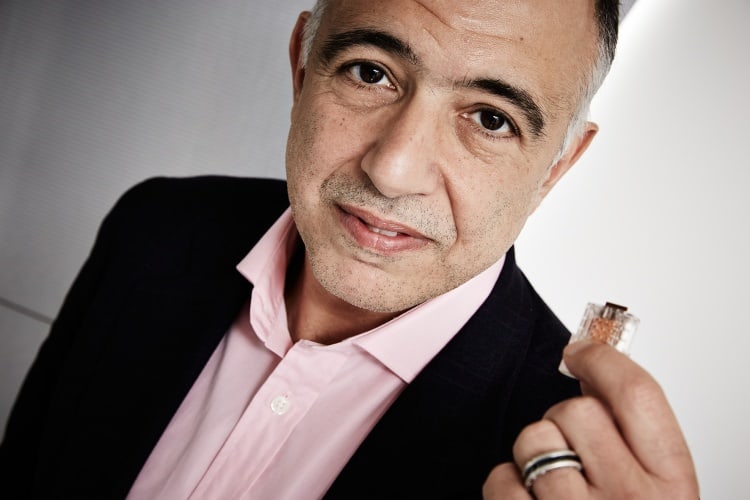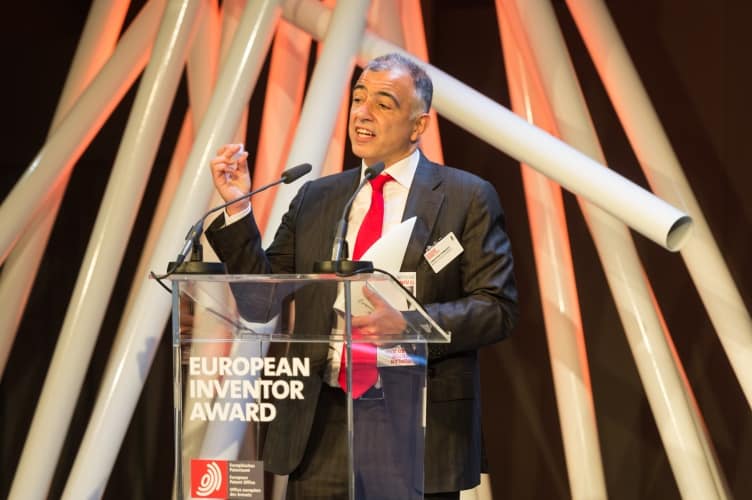Toumazou, whose latest venture, a DNA-based personalised skincare manufacturer, is set to open in London next month, was chosen ahead of the inventors of implantable fuel cells which generate electricity from blood glucose and a technique to ‘switch off’ faulty genes to treat diseases.

Toumazou’s technique uses solid state electronics to subject tiny samples of DNA from a tissue sample to a sequence of tests which reveal the sequence of nuceotides – the organic molecules which link the two strands of DNA – in the sample. The test takes about 20 minutes, costs very little, requires very small quantities of chemicals and provides easily-interpretable results. One important application for the technique is to determine how well an individual patient would respond to particular drugs, allowing doctors to devise treatment regimens with the best chance of working.

Toumazou left school with no qualifications, but gained a degree in electrical engineering and focused on developing low-power microchips for mobile phone, being made a full professor at Imperial at the age of 33. Spurred on by his son’s diagnosis with a genetic kidney disease, he then started combining electronics with biochemistry to develop technologies for early diagnosis and effective monitoring of chronic diseases.
’This made me realise that medical technology is not up to scratch when it comes to treating patients with chronic illnesses,’ he said. ’It immediately became clear to me that if we succeeded in applying only a fraction of microchip technology in this field, this could result in developing significant innovations.’
Other winners at the awards included Charles W Hull, the inventor of stereolithography which led directly to 3D printing; Peter Holme Jensen, Claus Hélix-Nielsen and Danielle Keller, who invented a liquid-membrane technique for energy-efficient water purification; a team from Janssen Pharmaceuticals led by Koen Andriess and Jérome Guillemont, who developed a treatment for drug-resistant tuberculosis; Masahiro Hara and Takayuchi Nagaya, who invented QR codes; while the 94-year-old inventor of the rawl plug and the synchronised photo flash, Artur Fischer, won a lifetime achievement award.




Poll: Should the UK’s railways be renationalised?
I think that a network inclusive of the vehicles on it would make sense. However it remains to be seen if there is any plan for it to be for the...